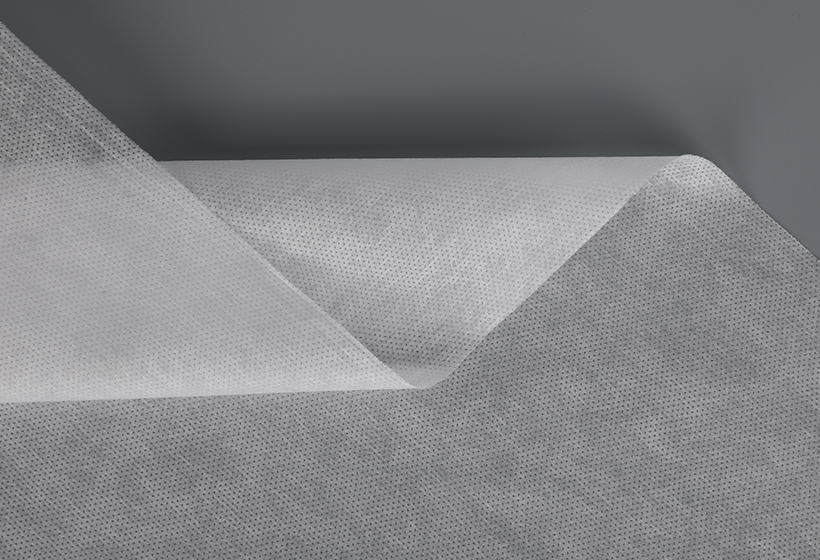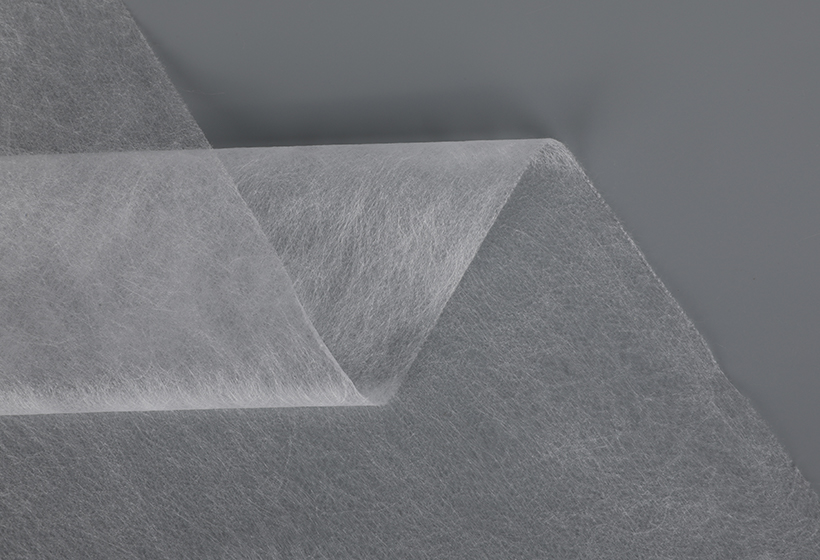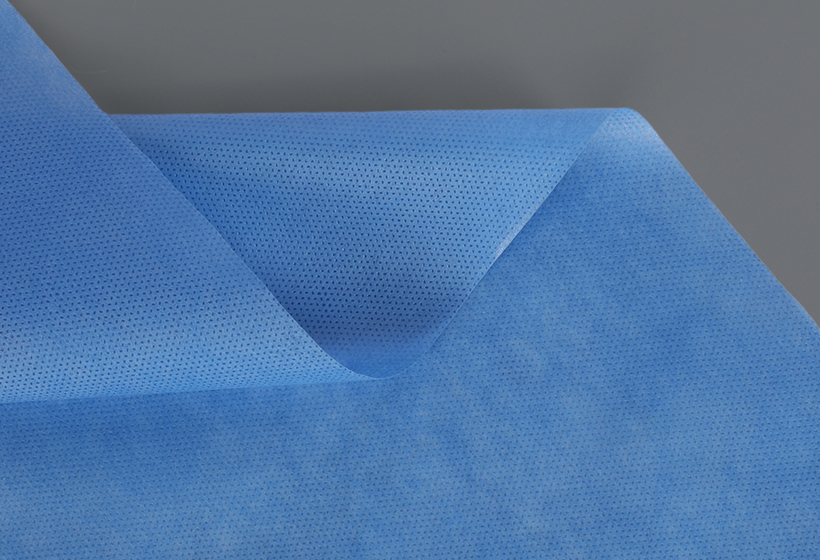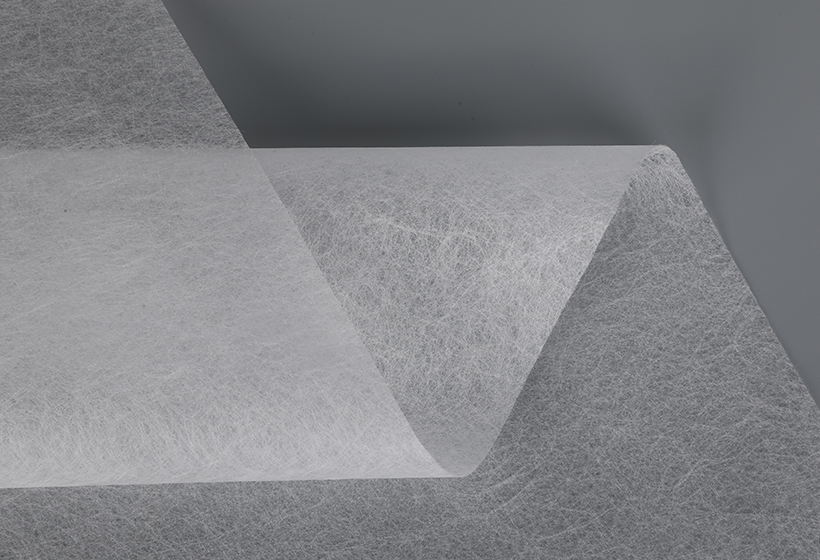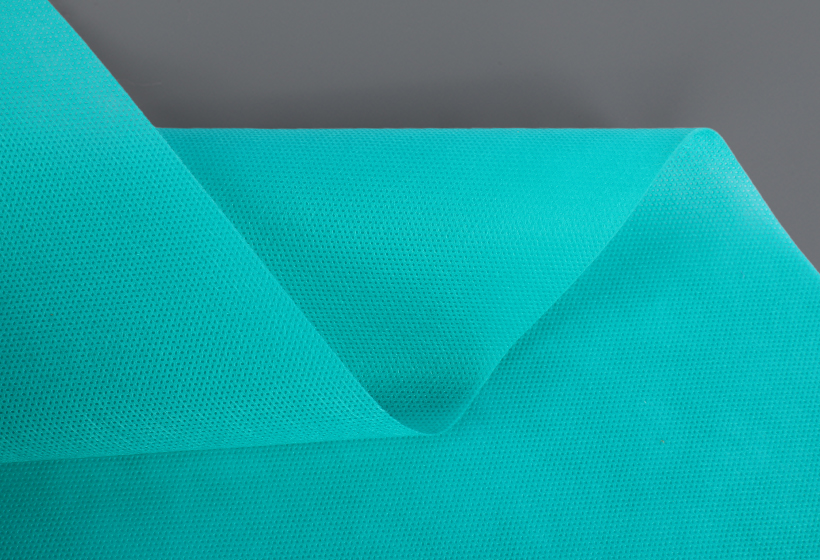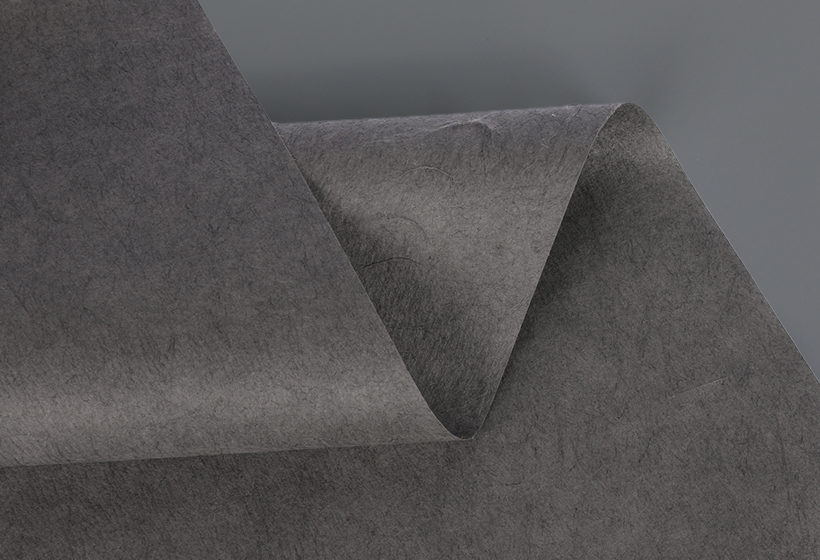Among the different types of nonwovens, bi-component fibres are very useful and are often used for adult incontinence products. They are recyclable, durable, and cost-effective. They are also often used in wound care products and feminine hygiene products. In addition, bi-component fibres can be dyed and printed. Bi-component nonwoven fabrics have excellent permeability and flame retardancy, making them suitable for high-durability applications.
Thermally bonded bi-component fibre nonwovens exhibit complex mechanical properties. They have bond points that behave like composites, and have a network of fibres which are connected. They have been reported to have excellent adhesion, low melting points, and good thermal stability. They are also useful in heat-resistant applications. They are often used in feminine care products, medical clothes, and diapers. However, they have not been studied extensively.
In this study, a novel modelling strategy was used to characterise the mechanical behaviour of textile composite nonwovens. The new approach starts by defining the properties of the fabric and then characterising the constituent fibres. It also uses discrete phase modelling techniques to simulate the mechanical behaviour of nonwovens. The models were then compared with simulations using a traditional FE model. Using this approach, a parametric discrete phase FE model was developed and applied to the deformation of bi-component fibre nonwoven fabrics. The model was then used to elucidate the mechanisms involved in the deformation of nonwovens.
The fibres were modelled using a discrete phase model, but the microstructure was not represented realistically. This was because the fibres were not randomly oriented. They were modelled as an assembly of two regions: the core/sheath fibres, which act as load-transfer links between composite bond points, and the fibres between bond points. The microstructure of the fibres was then characterized by scanning electron microscopy (SEM) and X-ray micro-computed tomography (X-ray micro CT).
The results showed that the mechanical properties of the nonwovens were influenced by the different polymer ratios and the orientation distribution of the fibres. For example, a nonwoven sample containing one wt % of KL fibres had a PHRR of 368.2 kW*m-2, while a sample containing three wt % of KL had a PHRR of 337.1 kW*m-2. This resulted in a strong anisotropy in mechanical properties, implying that there were non-uniform orientation distributions in the fibres. However, a nonwoven sample containing five wt % of KL reduced the PHRR to 309.3 kW*m-2. The anisotropy of the mechanical properties of the nonwovens was also attributed to the non-uniform orientation distributions of the fibres. This resulted in the mechanical properties of the nonwovens varying significantly from one fabric to the next.
In addition, the tensile strength of the mono-component fibre nonwovens was also tested. The tensile strength of the PLA/IFR fibres was 7.3 cN*tex-1. In addition, a sample containing pure PLA fibre had a PHRR of 573.6 kW*m-2. However, the PHRR of the other nonwovens was less steep. The fibres were tested for ignitability and the samples were not ignited after 15 seconds of exposure to a flame.
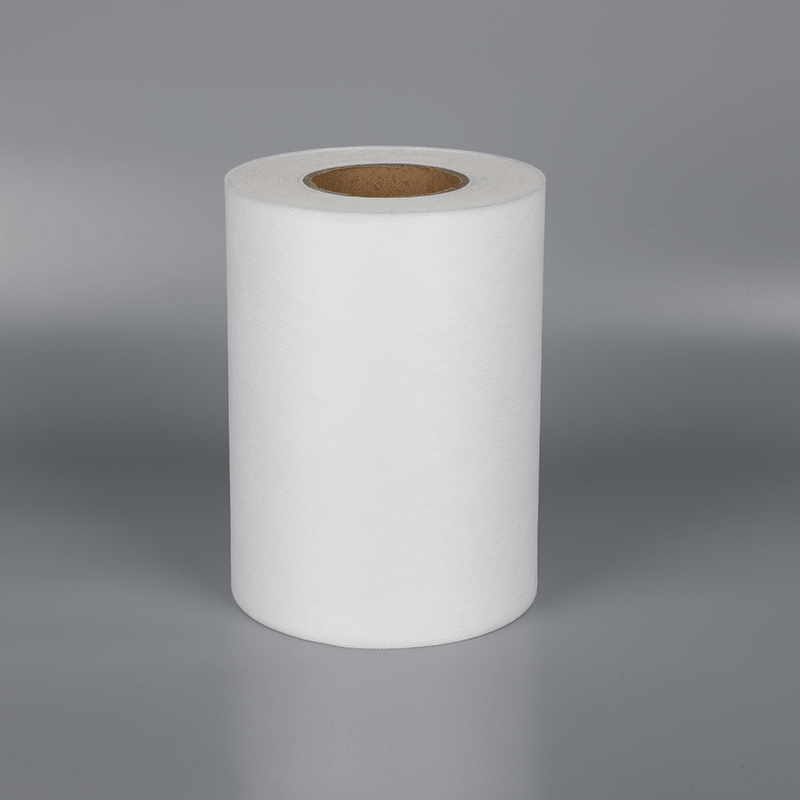 Bi-component nonwoven fabric
Bi-component nonwoven fabric
Features: Bi-Component Spun-Bond Non-Woven Fabric Is Made From PE And PP, Low-Melting PE Material For The Sheath, And PP Material For The Core. Compared With Traditional Single-Component Spun-Bond Fabric, The Breakthrough Application Of Bi-Component Spun Web Reinforcement Ensures Better Thermal Bonding Strength. With Hydrophilic Treatment, Bi-Component Has The Good Hydrophilic Ability And Permeability, Smooth And Comfortable Like Silk.
Weight:10gsm-100gsm
Width: Max1.6m
Color: According To The Customer’s Request
Capacity:10 Tons/Day
Special Treatments: Hydrophilic, Anti-UV, Super-Soft
Applications: Hygiene: Baby Diaper Bottom Sheet And Waist, Food Packaging, Etc.
Bi-Component Nonwoven Fabric, Also Known As Bicomponent Or Conjugate Fibers, Is A Type Of Fabric Made From Two Different Polymers That Are Combined During The Manufacturing Process. The Two Polymers Can Have Different Properties, Such As Melting Points, Which Allow The Fabric To Have Specific Qualities And Characteristics. The Fibers Can Be Arranged In A Variety Of Ways, Such As Side-By-Side Or Sheath-Core, Which Results In Different Properties For The Final Fabric.


 English
English Español
Español
